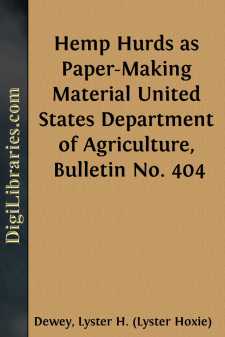Categories
- Antiques & Collectibles 13
- Architecture 36
- Art 48
- Bibles 22
- Biography & Autobiography 813
- Body, Mind & Spirit 142
- Business & Economics 28
- Children's Books 17
- Children's Fiction 14
- Computers 4
- Cooking 94
- Crafts & Hobbies 4
- Drama 346
- Education 46
- Family & Relationships 57
- Fiction 11829
- Games 19
- Gardening 17
- Health & Fitness 34
- History 1377
- House & Home 1
- Humor 147
- Juvenile Fiction 1873
- Juvenile Nonfiction 202
- Language Arts & Disciplines 88
- Law 16
- Literary Collections 686
- Literary Criticism 179
- Mathematics 13
- Medical 41
- Music 40
- Nature 179
- Non-Classifiable 1768
- Performing Arts 7
- Periodicals 1453
- Philosophy 64
- Photography 2
- Poetry 896
- Political Science 203
- Psychology 42
- Reference 154
- Religion 513
- Science 126
- Self-Help 84
- Social Science 81
- Sports & Recreation 34
- Study Aids 3
- Technology & Engineering 59
- Transportation 23
- Travel 463
- True Crime 29
Lyster H. (Lyster Hoxie) Dewey
Lyster Hoxie Dewey (1865–1944) was an American botanist and agronomist known for his extensive research on fiber plants, particularly hemp. He worked with the U.S. Department of Agriculture and conducted detailed studies on plant fibers, aiming to improve fiber crop yields and qualities for industrial use. Dewey published several influential works, including "Textile Fibers" and "The Fiber Plants of the United States," which provided insights into the agricultural, economic, and technical aspects of fiber production. His work contributed to the scientific understanding of hemp cultivation and the broader textile industry in the early 20th century.
Author's Books:
Sort by:
THE PRODUCTION AND HANDLING OF HEMP HURDS. By Lyster H. Dewey, Botanist in Charge of Fiber-Plant Investigations. WHAT HEMP HURDS ARE. The woody inner portion of the hemp stalk, broken into pieces and separated from the fiber in the processes of breaking and scutching, is called hemp hurds. These hurds correspond to shives in flax, but are much coarser and are usually softer in texture. -2- The hemp...
more...


